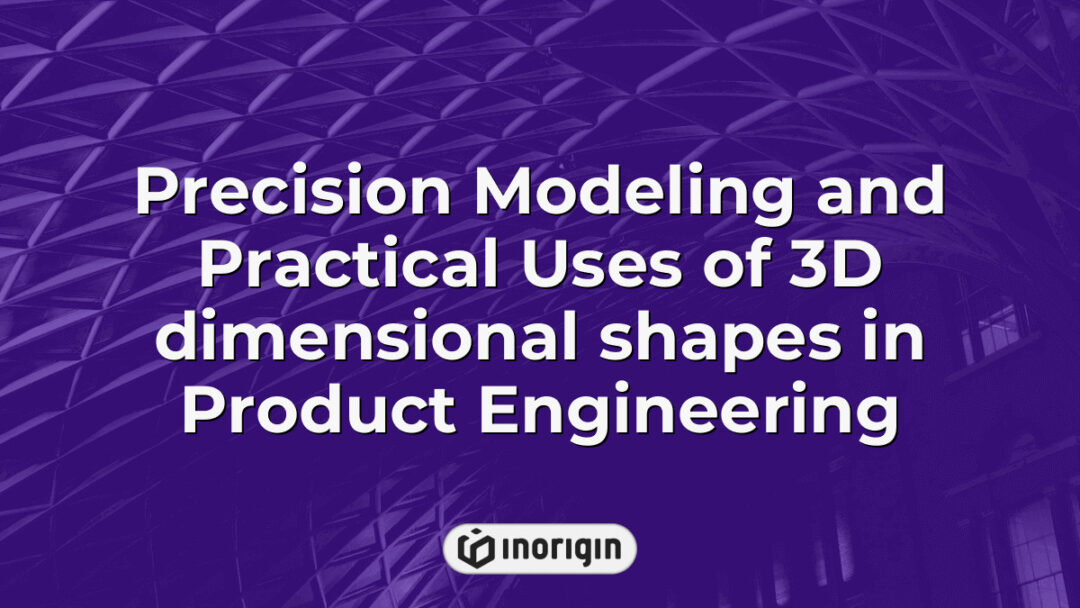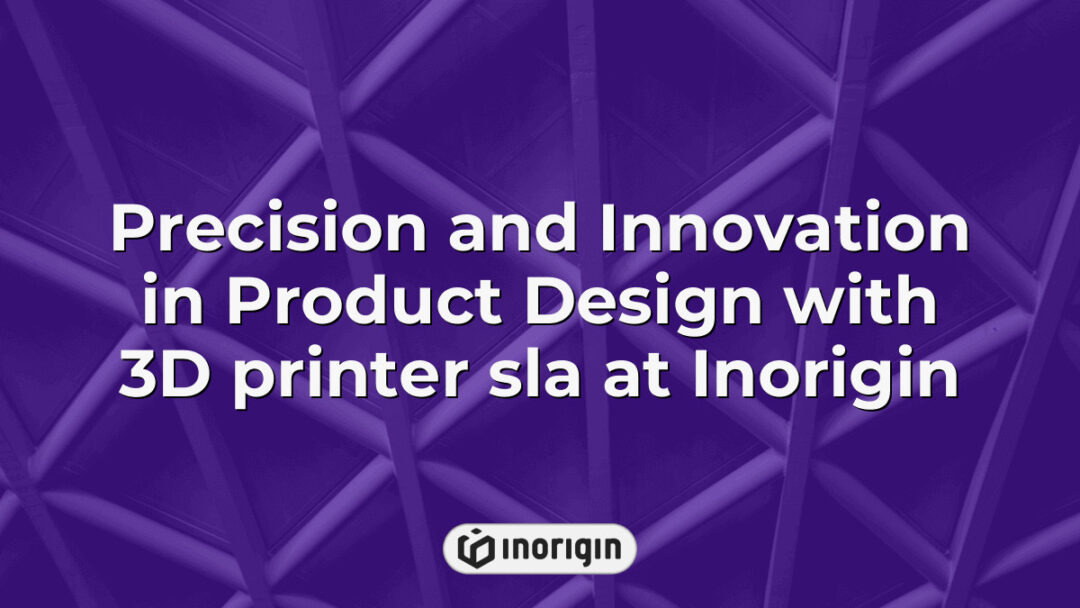In an era reminiscent of the Renaissance, when artisans wielded chisels and hammers to transform raw materials into masterpieces, contemporary innovators now harness the power of 3D printers to revolutionize creation across diverse fields. The advent of 3D printing technology has not only democratized production but also introduced a suite of specialized tools that enhance precision, efficiency, and creativity in design processes. As industries ranging from healthcare to aerospace increasingly adopt this transformative technology, understanding the various 3D printer tools becomes imperative for both practitioners and enthusiasts alike. This article delves into essential tools that empower users to unlock the full potential of 3D printing, enabling a new wave of ingenuity that echoes the craftsmanship of yesteryear while driving forward modern innovation.
| Αποψη | Key Takeaway |
|---|---|
| Essential 3D Printer Tools | 3D printer tools such as glue sticks for adhesion, spatulas for safe print removal, and digital calipers for precise measurements are fundamental to achieving high-quality printing results. |
| Software Integration | Using optimized slicing and design software enhances print accuracy and efficiency, enabling users to unlock the full potential of their 3D printing projects. |
| Πρακτικές Συντήρησης | Regular use of deburring tools and effective bed cleaning techniques is critical to maintaining optimal printer performance and prolonging equipment lifespan. |
| Upgrades & Material Care | Incorporating component upgrades and preserving filament quality through proper storage significantly improve print reliability and versatility. |
| Μέτρα Ασφαλείας | Essential safety gear like pliers, masking tape, and print removal tools protect users during operation, ensuring controlled and hazard-free workflow. |
| Επιλογή Υλικού | Choosing appropriate materials such as PLA, ABS, or specialty filaments according to project requirements enhances durability and functionality of printed parts. |
| Troubleshooting Guidance | Addressing filament inconsistencies, print defects, and mechanical adjustments with systematic troubleshooting techniques optimizes printing success rates. |
Essential Tools For 3D Printing
Essential tools for 3D printing encompass a variety of instruments that enhance the efficiency and accuracy of the printing process. Among these, the glue stick is frequently employed to ensure proper adhesion between the print material and the build surface, facilitating a stable foundation during the printing phase. Additionally, the spatula serves as a crucial implement for removing finished prints from the build plate without causing damage to either the object or the printer itself; its design allows for maneuverability in tight spaces while minimizing risk. Furthermore, incorporating a digital caliper into one’s toolkit enhances measurement precision, enabling users to verify dimensions with high accuracy before initiating any print job. Each of these tools plays an integral role in optimizing workflow, improving output quality, and ensuring successful 3D printing outcomes.
Software For 3D Printing
The effective utilization of software is paramount in the realm of 3D printing, particularly given that approximately 70% of users report significant improvements in print quality and efficiency through optimized software solutions. Initially, it is essential to recognize that a comprehensive d printer tools kit typically includes not only physical tools but also various software applications designed for different stages of the printing process. For instance, slicing software plays a critical role by converting 3D models into instructions that the printer can understand, thus directly influencing the fidelity of the final d prints produced. Additionally, design software enables users to create or modify digital models with precision; this aspect underscores the importance of using reliable measuring tools during both design and preparation phases to ensure accuracy and minimize material waste. As advancements continue in software development within the field, integration with other technologies such as cloud computing and artificial intelligence may further enhance user experience and overall productivity in 3D printing endeavors.
Maintenance Tools For 3D Printers
The maintenance of 3D printers, akin to a theatrical performance where each actor plays a crucial role in ensuring the show goes on without a hitch, relies heavily on specialized tools that facilitate optimal functionality. Essential among these tools is the deburring tool, which serves as an unsung hero; it meticulously removes rough edges from prints, transforming them from mere plastic blobs into polished masterpieces worthy of display. Transitioning from aesthetics to practicality, one must consider the importance of bed cleaning—a task often underestimated but vital for maintaining adhesion and print quality. Utilizing effective bed clean techniques not only enhances the longevity of the printer’s components but also significantly improves the success rate of subsequent prints. Moreover, the d print removal tool acts as an indispensable ally during the delicate process of detaching completed models from their build platform; its design minimizes damage to both the print and the printer itself. Collectively, these maintenance tools underscore the necessity of regular upkeep in prolonging equipment lifespan and ensuring consistently high-quality outputs within 3D printing endeavors.
Upgrades And Modifications
Upgrades and modifications in the realm of 3D printing can significantly enhance performance and expand capabilities, thus fostering a more efficient production process. For instance, incorporating advanced components such as high-quality d printer tools kits allows users to refine their setups for improved precision and reliability. Furthermore, utilizing specialized accessories like the d print removal tool not only facilitates the clean detachment of prints from build surfaces but also minimizes damage to both the finished product and the printer itself. Additionally, maintaining optimal filament quality is crucial; therefore, employing effective storage solutions like filament storage containers helps protect materials from moisture and environmental factors that could compromise print integrity. Consequently, these upgrades serve to elevate overall operational efficiency while ensuring consistent output quality across various projects within the dynamic field of additive manufacturing.
Safety Gear For 3D Printing
The realm of 3D printing can be likened to an intricate dance, where the various tools and safety gear play essential roles akin to dancers in a performance. Among these crucial elements are pliers, masking tape, and specialized print removal tools, which serve not only functional purposes but also symbolize the diligence required for safe operation within this innovative field. Pliers facilitate handling heated components or adjusting filament paths, thereby ensuring that users maintain control over potentially hazardous situations. Meanwhile, masking tape acts as both a protective barrier on build surfaces and a tool for securing objects during the printing process; its adhesive nature symbolizes stability amidst the transient nature of production. Additionally, the utilization of a dedicated print removal tool minimizes risks associated with detaching completed prints from their platforms, thereby safeguarding against injuries caused by sharp edges or sudden slips. Collectively, these items underscore the importance of adhering to safety protocols while navigating through the complexities inherent in 3D printing processes.
Συχνές Ερωτήσεις
What Materials Can I Use With My 3D Printer?
The world of three-dimensional printing offers a remarkable array of materials, each possessing unique properties that cater to various applications and preferences. Initially, one might consider the most commonly utilized filament, polylactic acid (PLA), which is derived from renewable resources and provides an environmentally friendly option for beginners due to its ease of use and minimal warping tendencies. Transitioning towards more advanced materials, acrylonitrile butadiene styrene (ABS) stands out as a robust alternative known for its impact resistance and durability; however, it requires careful handling due to potential emissions during the printing process. Further diversifying the landscape are specialty filaments such as nylon, which boasts superior strength and flexibility, making it suitable for functional prototypes or mechanical parts. Moreover, thermoplastic elastomers (TPEs) introduce yet another dimension with their rubber-like characteristics, allowing for the production of flexible components. As technology progresses, new composite materials incorporating carbon fiber or metal particles have emerged, significantly enhancing structural integrity while maintaining lightweight attributes. The exploration of these varied options not only expands creative possibilities but also underscores the versatility inherent in modern 3D printing technologies.
How Do I Choose The Right 3D Printer For My Needs?
The adage "measure twice, cut once" aptly applies to the process of selecting a suitable 3D printer, underscoring the importance of thorough evaluation before making a purchase. Choosing the right 3D printer involves several critical considerations that align with specific user requirements and intended applications. First, it is essential to identify the primary purpose of the printer—whether for hobbyist projects, educational use, or professional prototyping—which will significantly influence the selection criteria. Furthermore, factors such as build volume, print resolution, and material compatibility must be assessed to ensure that the chosen device meets functional expectations.
Οι βασικές εκτιμήσεις περιλαμβάνουν:
- Print Technology: Different printing technologies (e.g., FDM, SLA) offer distinct advantages and limitations.
- Budget Constraints: The financial investment can vary widely based on features and capabilities.
- Ease of Use: User-friendly interfaces may ease operation for beginners while offering advanced settings for experienced users.
- Support and Community Resources: Access to customer support and online communities can enhance troubleshooting and skill development.
- Future Scalability: Evaluating whether the printer can adapt to evolving needs over time is crucial.
Evaluating these dimensions enables prospective buyers to make informed decisions that cater specifically to their unique circumstances. By meticulously analyzing these aspects, individuals can navigate through available options more effectively and ultimately select a 3D printer that not only fulfills current requirements but also supports future innovations in design and functionality.
Ποια είναι η μέση διάρκεια ζωής ενός 3D εκτυπωτή;
The average lifespan of a 3D printer can vary significantly based on several factors, including the type of printer, frequency of use, maintenance practices, and the quality of materials utilized. Generally speaking, consumer-grade Fused Deposition Modeling (FDM) printers may exhibit a lifespan ranging from three to five years under optimal conditions. Conversely, industrial-grade machines often possess enhanced durability and can last upwards of ten years with proper upkeep. Maintenance routines that include regular cleaning, calibration, and replacement of worn components are essential for prolonging operational longevity. Furthermore, advancements in technology have led to improvements in both hardware and software capabilities; thus newer models tend to incorporate features designed to enhance durability and performance over time. Ultimately, understanding these variables is crucial for users seeking to maximize the investment made in 3D printing technology while ensuring consistent output quality throughout its operational life cycle.
Can I Use A 3D Printer For Industrial Applications?
The utilization of 3D printers in industrial applications has garnered significant attention due to their potential to enhance manufacturing processes. Primarily, these printers enable rapid prototyping, which allows for the quick development and testing of product designs before full-scale production. Furthermore, advancements in materials science have expanded the range of polymers and metals that can be effectively printed, thereby increasing the versatility of 3D printing technologies in various sectors such as aerospace, automotive, and healthcare. Additionally, the ability to create complex geometries that are often unattainable through traditional subtractive manufacturing methods positions 3D printing as a valuable tool for producing lightweight components with optimized performance characteristics. Moreover, when considering the implications of customization and on-demand production capabilities, it becomes evident that 3D printing not only reduces material waste but also shortens lead times associated with supply chains. Consequently, while challenges remain concerning scalability and regulatory compliance within certain industries, the integration of 3D printing into industrial applications represents a transformative approach that aligns with contemporary demands for efficiency and innovation in manufacturing practices.
What Are Some Common Troubleshooting Tips For 3D Printing Issues?
The intricate dance of gears, motors, and filament in a 3D printer can often lead to unexpected disruptions—issues that may transform the anticipation of creation into frustration. When one encounters such obstacles during the printing process, employing effective troubleshooting strategies becomes imperative for success. First, it is essential to identify common problems that frequently arise:
- Filament Issues
- Inconsistent diameter leading to uneven extrusion
- Filament tangles or knots causing feed failures
- Moisture absorption resulting in poor print quality
Print Quality Defects
- Layer separation due to improper adhesion
- Stringing caused by excessive retraction settings
- Warping attributed to temperature fluctuations
Mechanical Malfunctions
- Misalignment of axes affecting dimensional accuracy
- Loose components resulting in vibrations and surface imperfections
- Clogged nozzles impeding material flow
Addressing these challenges necessitates a systematic approach. For instance, if filament issues are suspected, verifying the integrity of the material and ensuring proper storage conditions may yield significant improvements. Similarly, enhancing print quality requires fine-tuning parameters such as nozzle temperature and bed adhesion techniques. Moreover, regular maintenance checks on mechanical components can preemptively mitigate malfunctions before they escalate into major setbacks. By understanding these fundamental aspects of troubleshooting within the realm of 3D printing, users can navigate complexities with greater confidence and precision.
Σύναψη
In the intricate dance of 3D printing, a well-equipped toolkit serves as both conductor and orchestra. The harmonious blend of essential tools, sophisticated software, diligent maintenance practices, strategic upgrades, and robust safety gear creates a symphony of innovation. Together, these elements orchestrate an environment where creativity can truly flourish.
Σχετικές αναρτήσεις:
- Σημαντικές καινοτομίες στο έργο σχεδιαστικής μηχανικής στο καινοτόμο ελληνικό στούντιο της Inorigin
- Ανάπτυξη Προϊόντος Μετασχηματισμού Μηχανικής Μηχανικής Σχεδιασμού με προηγμένες λύσεις τρισδιάστατης εκτύπωσης
- Ακρίβεια και Καινοτομία στη Διαδικασία Σχεδιασμού και Μηχανικής στο Inorigin
- Πώς ο σχεδιασμός και η μηχανική οδηγούν την καινοτομία προϊόντων στο Inorigin Studio
- Πλεονεκτήματα του τρισδιάστατου εκτυπωτή με νήματα για μηχανική ακριβείας και προηγμένο σχεδιασμό προϊόντων
- Εξισορρόπηση καινοτομίας και σκοπιμότητας στη μηχανική σχεδίασης προϊόντων στην Inorigin




